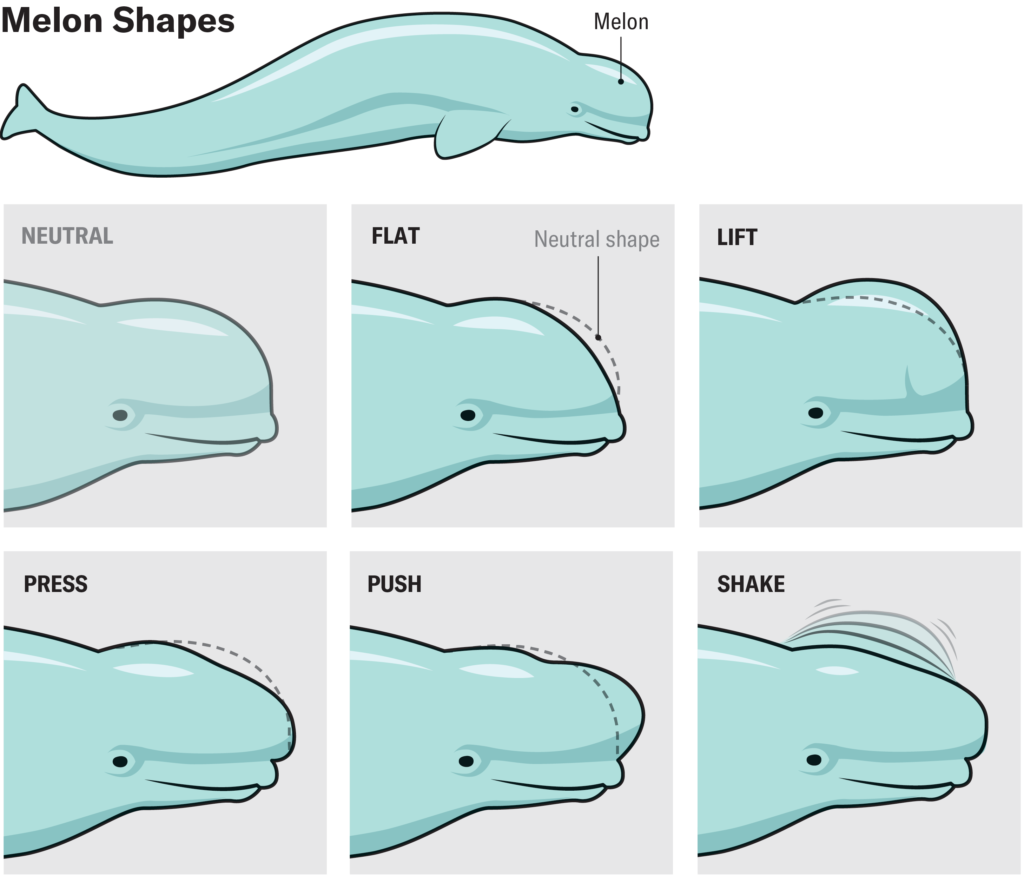This past week, our marine biology lab had the pleasure of going to the Mystic aquarium. I got to see tons of amazing creatures and critters, but I really found the Beluga whale exhibit the most interesting. The most I have ever really know about them has come from the movie “Finding Dory”.
Beluga whales look like the cross of a dolphin and a whale while still not in either of these families of species. Beluga whales are apart of the Monodontidae family, with closest relative is the Narwhal. Some characteristics of this family include, “no dorsal fin… small, broad pectoral fins… small but distinct beaks… seven neck vertebrae that are not fused as they are in other whales”1. Due to the lack of dorsal fin they are able to swim through ice which is important for there region of living. They are also known within the suborder Odontoceti, meaning “toothed whale”1. Beluga whales are also born a dark grey, and as they mature, they lighten to a white color, which is probably how you see them most in photos.
They are mostly found in Arctic and sub-Arctic areas. They are only found in Alaska within the United States, established around coastal bays and inlets. The Beluga is a very social mammal, hunting, migrating, and interacting in groups. They can move from saltwater to freshwater with little to no problem.

Something that you may notice is different about there appearance is the melon for a forehead. In the photo above you can sort of see it as it is smushed up against the glass. This melon is a “blubber-filled structure“3that they use by changing shape to “convey different emotions or intentions- whether they want to play, mate, or just hang out“. They also use their melon to help hunt prey and locate predators as well as keeping locational tabs on other whales. To do this they send out sound pulses from their melon. Due to the sounds, they got the name “canaries of the sea”

This species, like a lot are, experiencing a variety of issues due to climate change. With the warming of colder waters, they are slowly losing parts of their habitat. The changing water temperatures can also be changing the timing and environmental ques of when they should migrate or how to navigate certain waters. They are facing a lot of other threats like prey limitations, ocean noise pollutions, and strandings.
https://utmsi.utexas.edu/science-and-the-sea/radio-program/melon-changing/